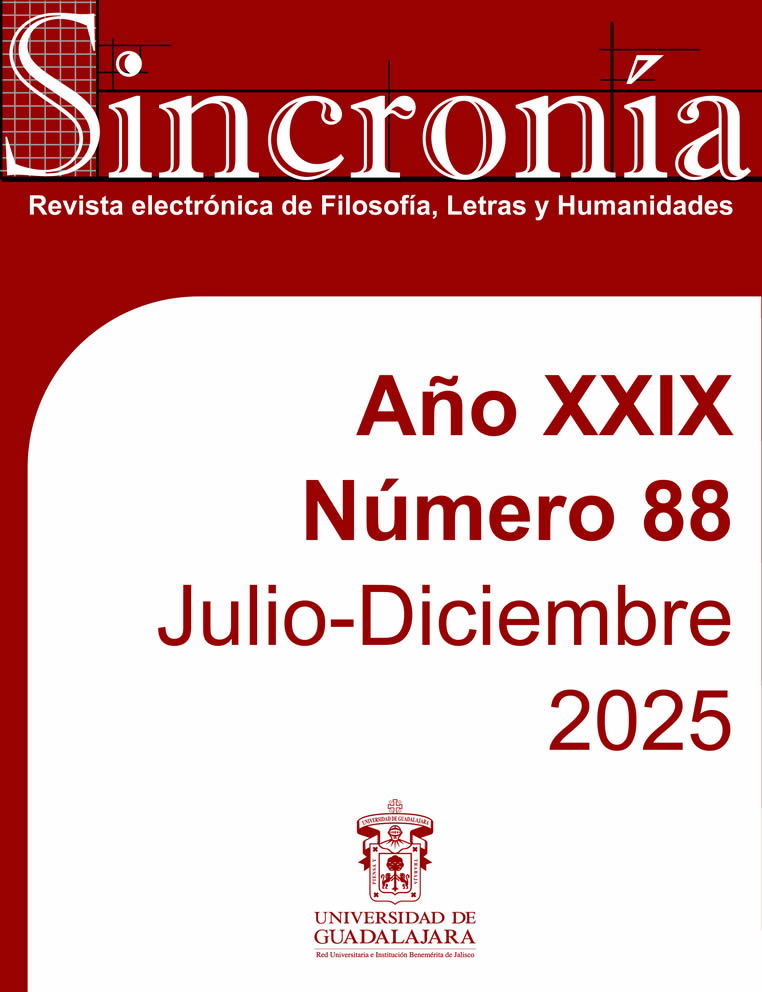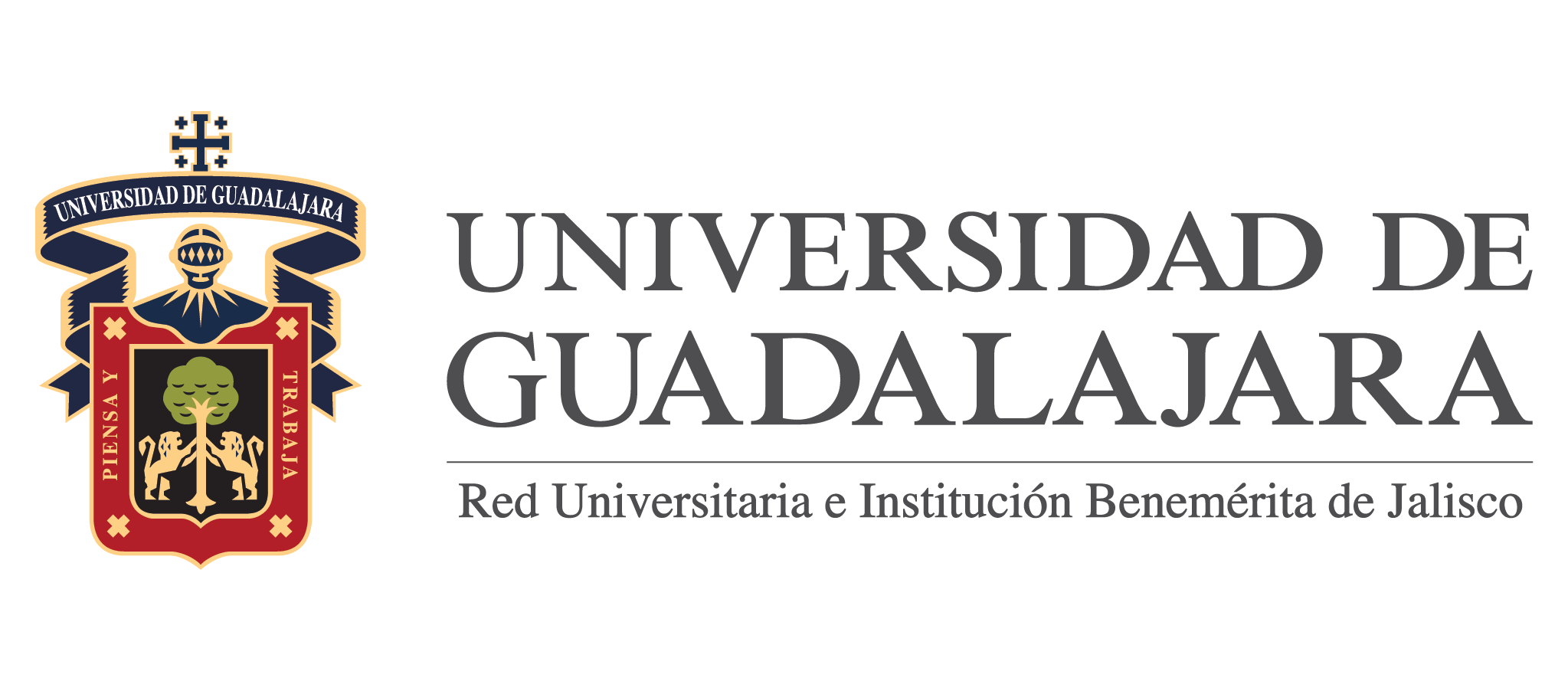From the Semantics to the Ontology of the Border in Instrucciones para cruzar la frontera: A Focus from Jean-Luc Nancy’s Theory of Corpus
Keywords:
Luis Humberto Crosthwaite, Border Literature, U.S.-Mexico Border, Ontology of the BodyAbstract
The present article ontologically explores the ‘being’ of the U.S.-Mexico border, investigates the mechanism that permits the coexistence of the two nations and proposes the communal attitude required to better coexist around the border. The central objective is to review how the U.S.-Mexico border is represented in three texts from Instrucciones para cruzar la frontera (2011) by Luis Humberto Crosthwaite, in an analysis that moves from the semantics of the border towards the ontology it implies. As a Mexican from a border region, the author shares his experience of living near the border and of being a witness of border crossings. The theory of ‘between’ by Jean-Luc Nancy explains our world and the history through the corpus or body; his premise that all bodies move towards others and that they are already in contact with each other effectively applies to literary texts on the border. This application will allow us to view both countries as a world of bodies, instead of considering them through the discourse of the Others. With this analysis, the limitations of the semantics of the border are accepted and are being overcome through ‘writing body-border’.
Downloads
Published
Versions
- 2025-07-02 (2)
- 2025-06-30 (1)
How to Cite
Issue
Section
License
Copyright (c) 2025 Yoo Jin Eom

This work is licensed under a Creative Commons Attribution-NonCommercial 4.0 International License.
You are free to:
- Share — copy and redistribute the material in any medium or format
- Adapt — remix, transform, and build upon the material
- The licensor cannot revoke these freedoms as long as you follow the license terms.
Under the following terms:
- Attribution — You must give appropriate credit , provide a link to the license, and indicate if changes were made . You may do so in any reasonable manner, but not in any way that suggests the licensor endorses you or your use.
- NonCommercial — You may not use the material for commercial purposes .
- No additional restrictions — You may not apply legal terms or technological measures that legally restrict others from doing anything the license permits.




























